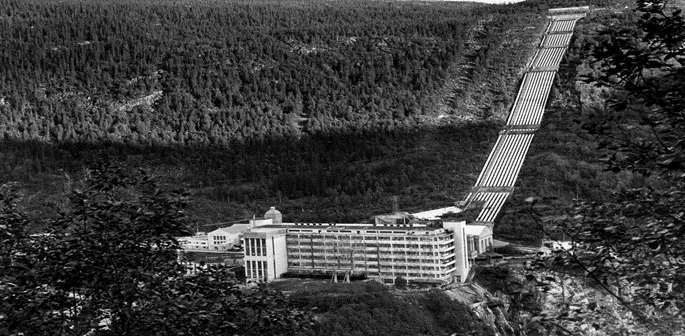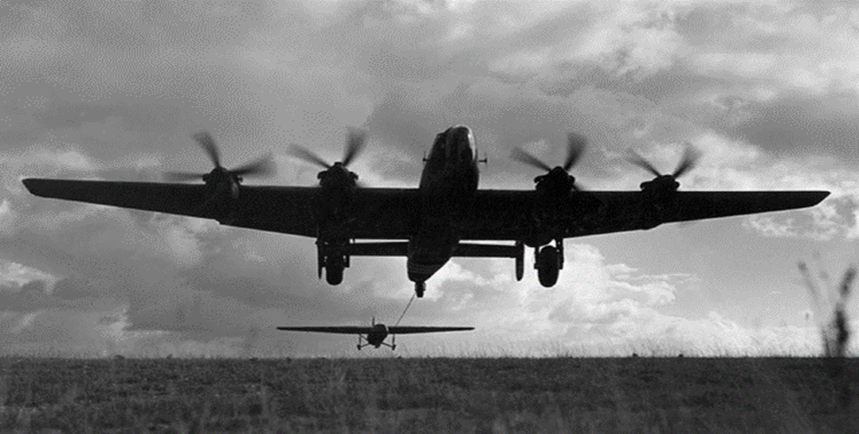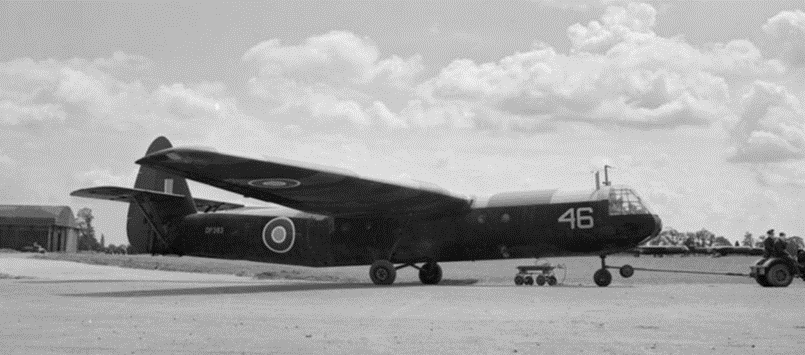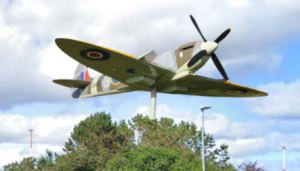Site 8. Operation Freshman
Quite early in the war Germany was known to be working towards the creation of an atomic bomb. A critical component of atomic research at this time was deuterium oxide (also known as heavy water) which was used as a moderator to control nuclear reactions.
The Norsk Hydro plant at Vemork in Norway had been producing heavy water for some time using surplus power from its hydroelectric generating process, and was Europe’s biggest supplier of this rare isotope. After Germany’s invasion and occupation of Norway it was feared that access to this source of heavy water would speed up the Nazi nuclear weapons programme and overtake the Allies in the development of an atomic bomb. Therefore it was crucial that the Norsk Hydro plant was destroyed.

It was decided that an airborne assault carried out by two teams of 15 specially selected Royal Engineers would have the best chance of success.
The terrain around the plant was unsuitable for a parachute-based operation so the Engineers would be taken by glider to a suitable landing area which was a five-hour march from the plant.
On October 18th 1942, four highly trained Norwegian agents of the SOE (Special Operations Executive) were inserted into Norway by parachute under Operation Grouse. It was intended that they would use a ‘Rebecca-Eureka’ radio beacon to guide the gliders to the landing area which would be marked by flares. The agents would then lead the Engineers to the plant so it could be destroyed by explosives. Afterwards the raiding party would make their escape across the mountains to neutral Sweden.

Mid-November was selected as the best time for the raid and in early October the Engineers were sent for specialist warfare training in Wales and Fort William in preparation for the winter conditions they would encounter in Norway. By the 17th their training was complete and they were transported to RAF Skitten.
On the 19th of November at 5:50 pm, two Halifax bomber – Horsa assault glider Combinations, each carrying two pilots and fifteen Royal Engineers lifted off into the darkness of the Caithness skies heading for Norway 450 miles away (700km).
Unfortunately, the Rebecca-Eureka system failed to work and neither Combination was able to locate the landing zone, even though the Grouse team could hear the aircraft and lit the landing flares. With the mission aborted the aircraft headed back on the long perilous journey to Scotland. Over south-western Norway the tow ropes iced up and eventually snapped. The glider from the first Combination crashed into the mountainside killing eight of the men outright with a further four suffering serious injuries. The nine survivors were captured by the Germans the following day. The four injured men were transferred to ‘Prison A’ in Stavanger where they were murdered two days later by the Gestapo. The remaining survivors were eventually executed in January 1943. The Halifax and its seven crew from the first Combination made it safely back to RAF Skitten.
The second Combination fared even worse. After the tow-rope broke the Halifax circled the area, presumably trying to locate the glider, then crashed into a mountain killing the entire seven man crew. The glider, despite difficult weather conditions made a controlled crash landing in rough terrain. Both Australian glider pilots and one of the Engineers were killed, but 14 men survived with minimal injuries. When the Germans arrived on the scene shortly afterwards the survivors surrendered, expecting to be treated as prisoners of war. However, they were all summarily executed the same day under the infamous ‘Commando Order’ issued by the German High Command on the 18th of October 1942, which stated that all captured Allied commandos were to be executed immediately without trial.
Operation Freshman had failed, but it was quickly followed by a second operation called Gunnerside. A small team of Norwegian Resistance fighters managed to enter the plant at Vemork and destroy the deuterium production equipment. They then blew up the public ferry as it transported the remaining stocks of heavy water across Lake Tinnsjø, on its way to Germany. Despite the failure of Freshman it was notable because it was the first use of gliders in a British airborne operation.



